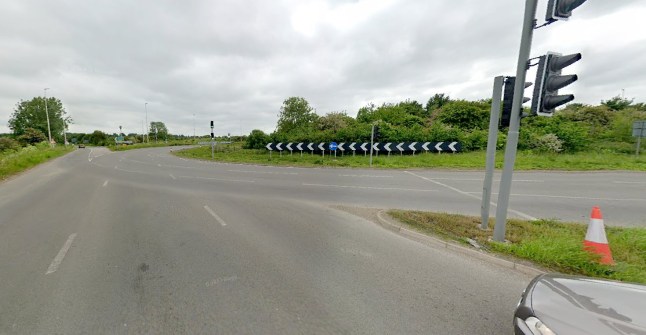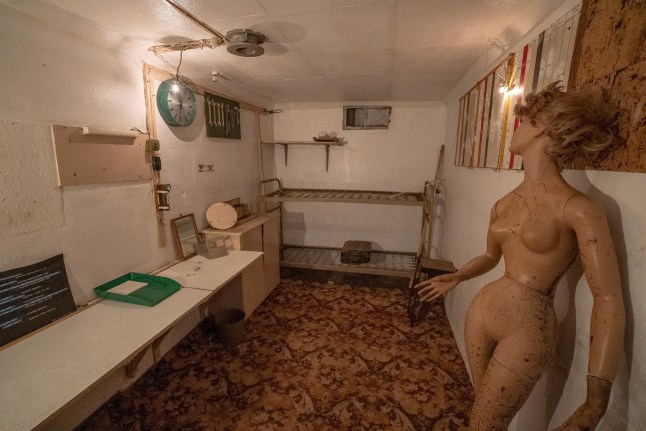
With the world in its current state, there are times when it might be tempting to retire 15 feet below the surface of the Earth.
Hidden beneath a nondescript concrete hatch in a remote English countryside town lies a bunker that could provide its new owner with exactly that opportunity.
But not only does the property offer solitude from the outside world, it has an extraordinary story to tell – and the added benefit of potentially saving you from nuclear armageddon.
Fitted with radioactive monitors, a metal bunk bed and a curious plastic female doll, the bunker in Dersingham, Norfolk, is a rare find.
It is one of the last remaining posts which belonged to the Royal Observer Corps (ROC), the volunteer ‘eyes and ears of the RAF’.
The hideaway was built as the Cold War was heating up in 1957, making up part of an early warning system which would have told Brits a nuclear attack was on the way.
And now, it could be yours for just £20,000 as the site goes up for auction on May 8 – the 80th anniversary of VE Day.
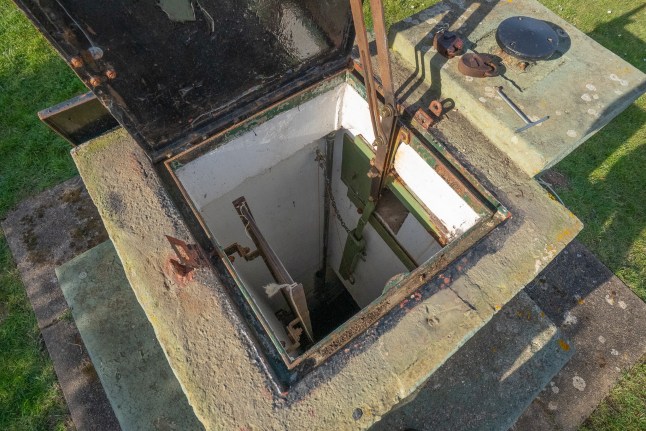
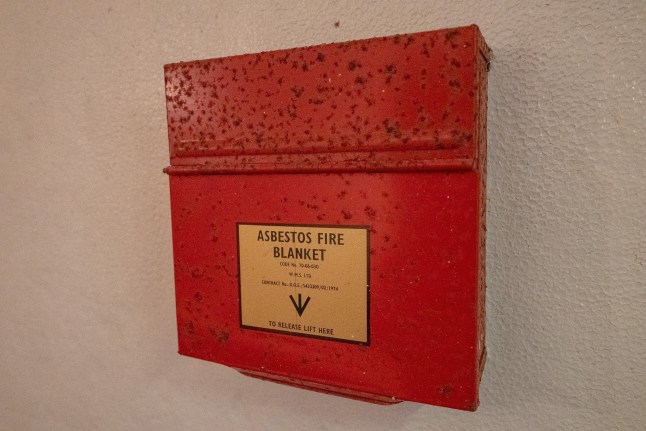
The bunker was once part of a huge network of observation posts across the country, which have now almost all been destroyed or fallen into ruin 35 years after the end of the Cold War.
Dersingam’s bunker has been kept exactly as it was when Royal Observer Corps personnel were manning it decades ago.
Positioned beside to an above-ground concrete hut, the hidden underground bunker could be reached by trained personnel reached who descended 15 feet into the earth on a metal ladder.
Inside were three vital pieces of equipment which were needed in case a nuclear bomb detonated in the UK.
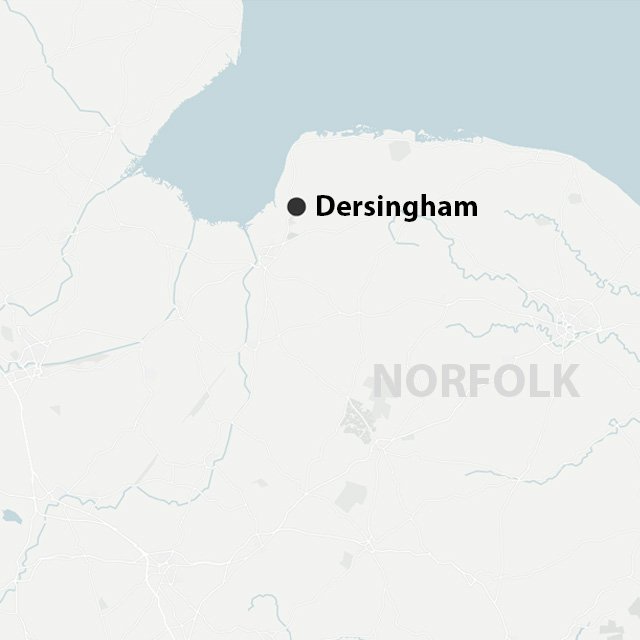
As soon as the volunteers were aware of a nuclear blast, they would have first used a Ground Zero Indicator to locate the centre of the explosion.
With that information, the Bomb Power Indicator would have signalled the strength of the fireball, while the Fixed Survey Meter would have detected the radiation produced.
The current state of the bunker provides a glimpse into how the volunteers lived as they nervously awaited the chilling sound of the nuclear alarm.
There is a large room, used for observation and sleeping, and containing metal bunk beds and basic furniture like chairs and a table.
Each hut was designed to house three observers, with each volunteer tasked with specific duties.
These huts first emerged in strategic locations around the country to allow the ROC to assess possible aircraft attacks in the skies above.
The ROC was founded 100 years ago, but first came into its own in the Second World War, looking out for Nazi aircraft during the Battle of Britain.
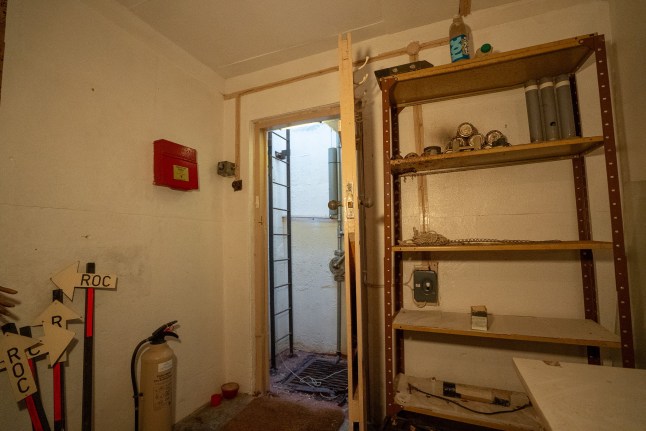
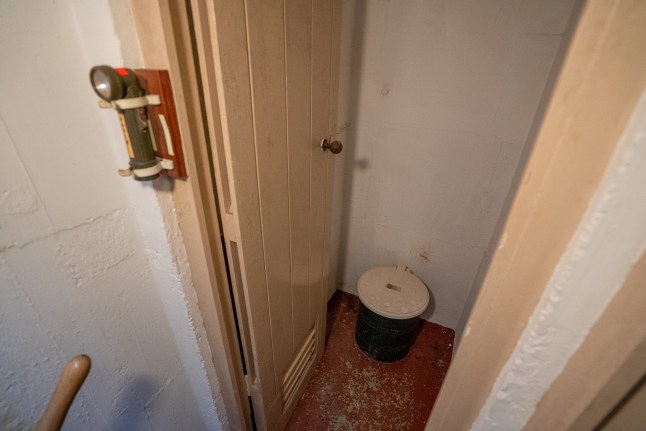
(Picture: Simon Beer / Auction House East/ SWNS)
Once the war ended, however, a new Cold War between the Western world and the Communist Bloc broke out.
These hostilities were marked by the threat of nuclear weapons, and so the ROC built the monitoring posts to boost the country’s air defences.
Their nationwide teams stood ready to provide key monitoring, recording and appraisal of nuclear fallout if the UK came under attack.
But when the Soviet Union and Communist Bloc collapsed in the early nineties, the ROC was slowly disbanded and the monitoring posts abandoned.
While rare, a number of other monitoring posts still remain alongside Dersingham’s.

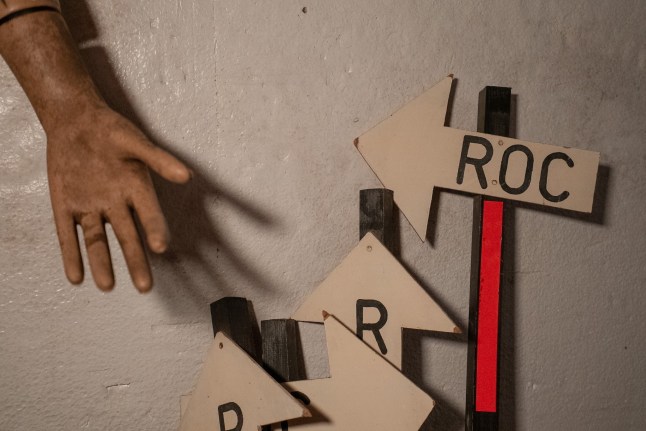
These can be found in Hack Green, Cheshire and Stanmore, Middlesex, to name a few.
Mark Upston, of East Anglian Auction House, said of the sale: ‘This is truly a special opportunity for those who are drawn to properties with historical significance.
‘This post was once a vital part of our defences and will be a treasured asset to a buyer keen on preserving our past.’
Get in touch with our news team by emailing us at webnews@metro.co.uk.
For more stories like this, check our news page.

